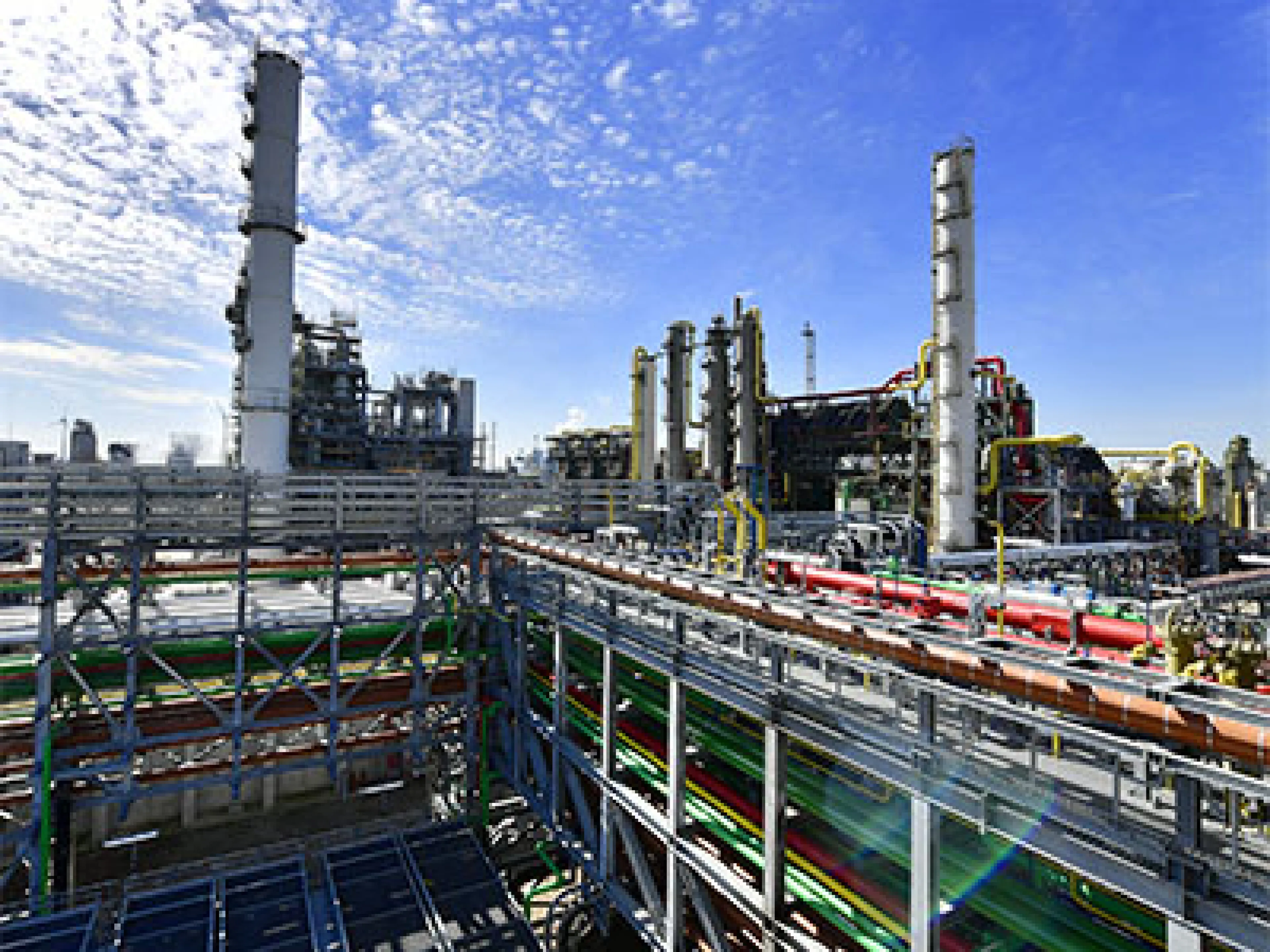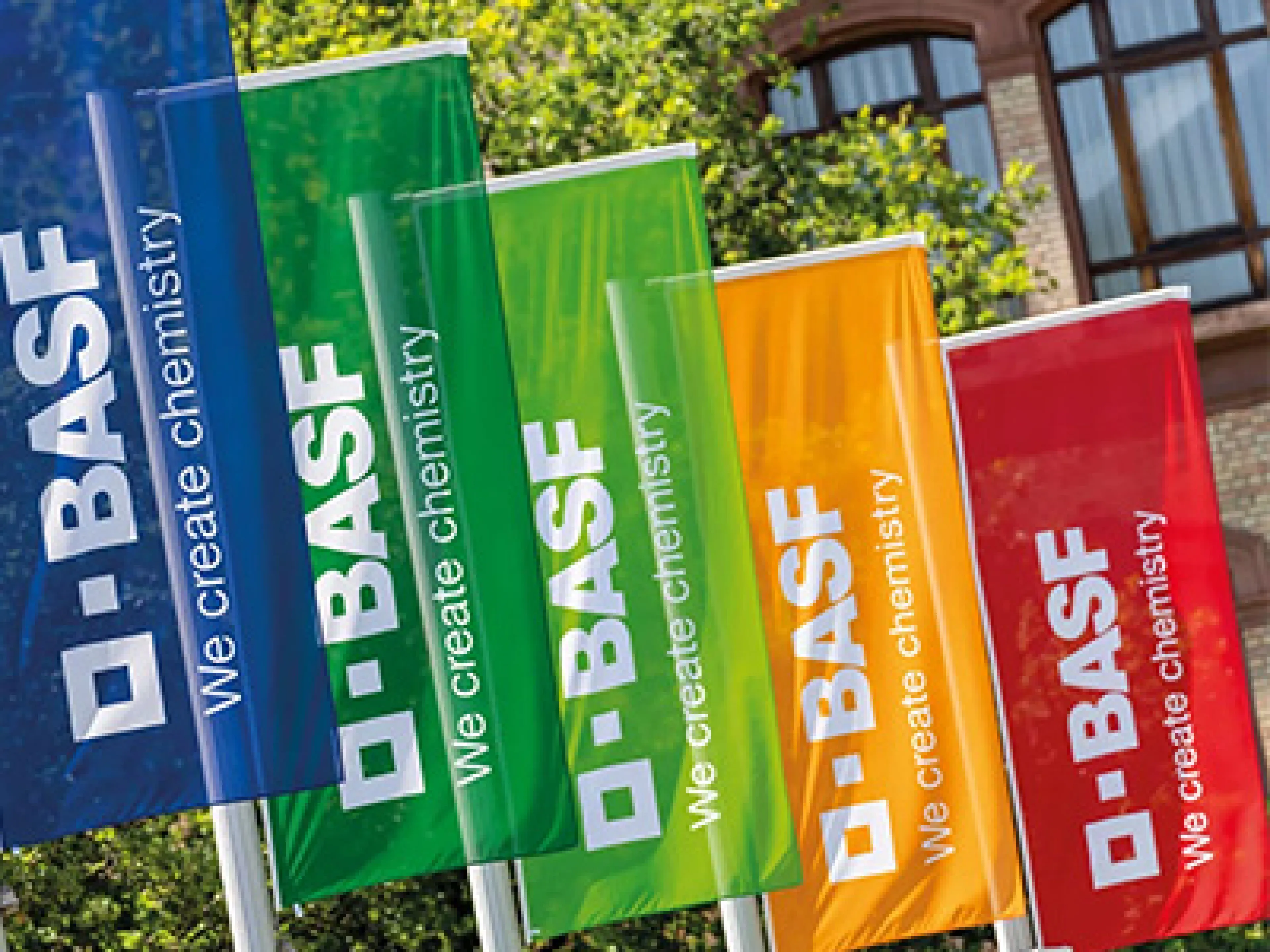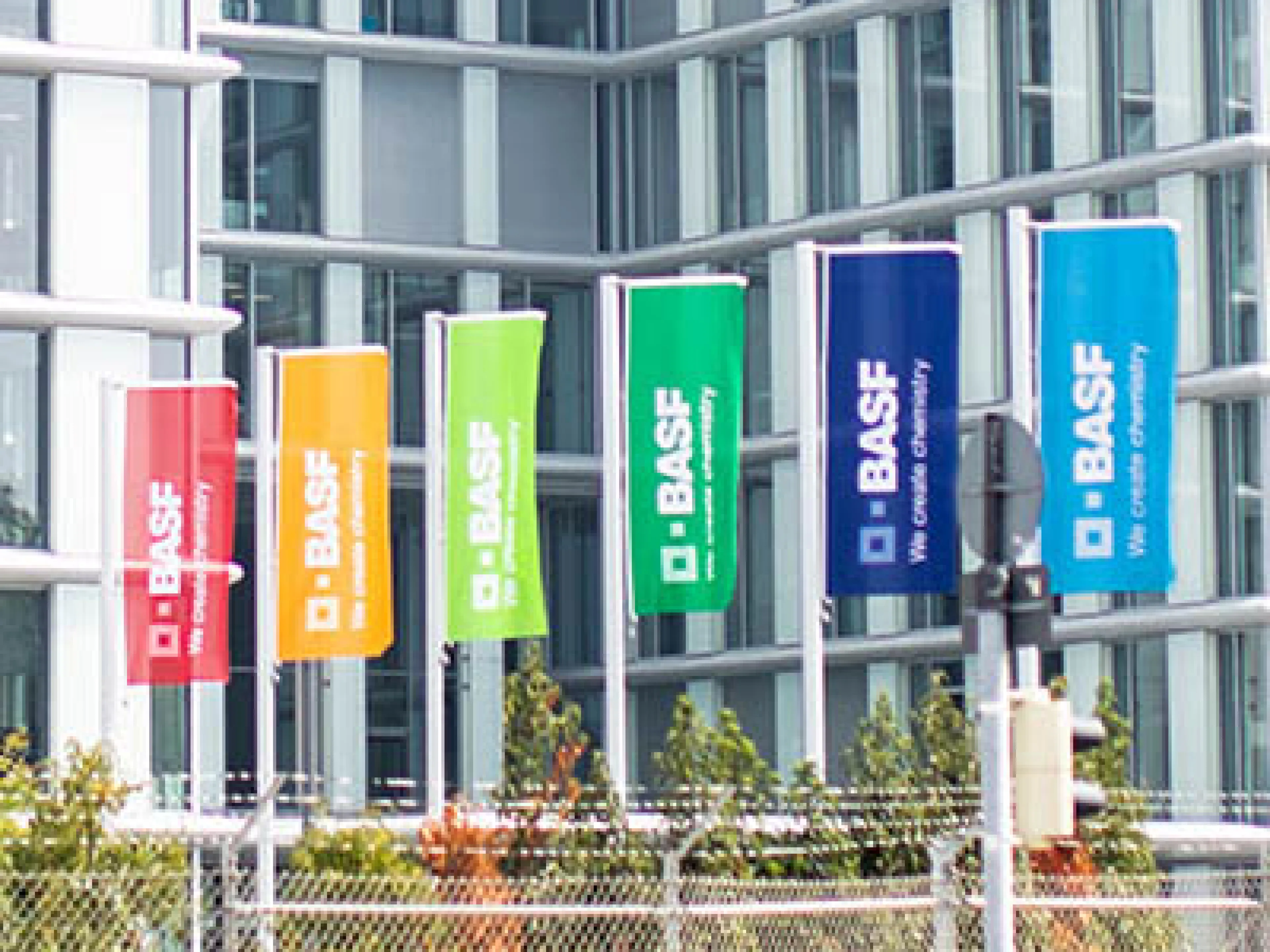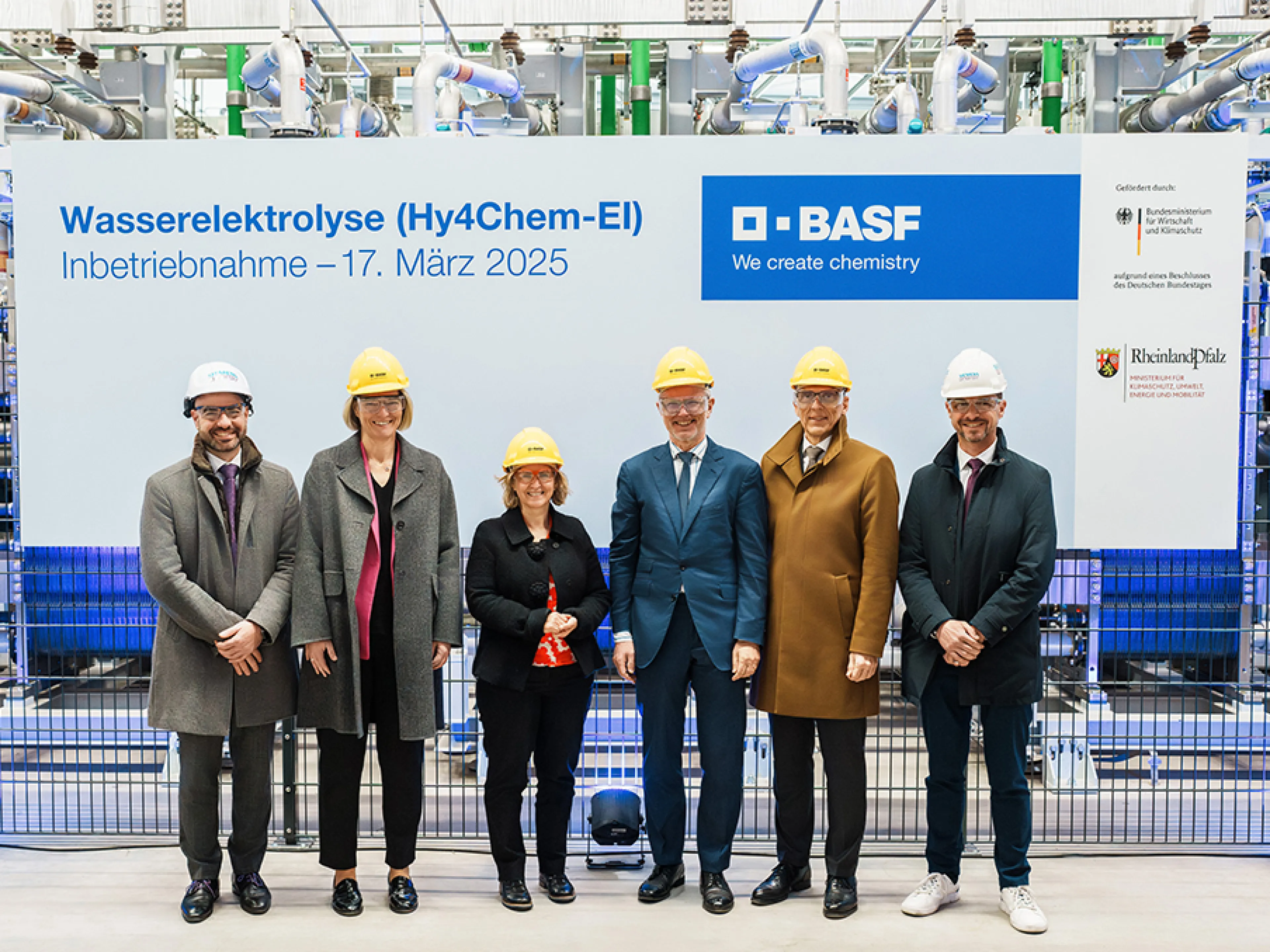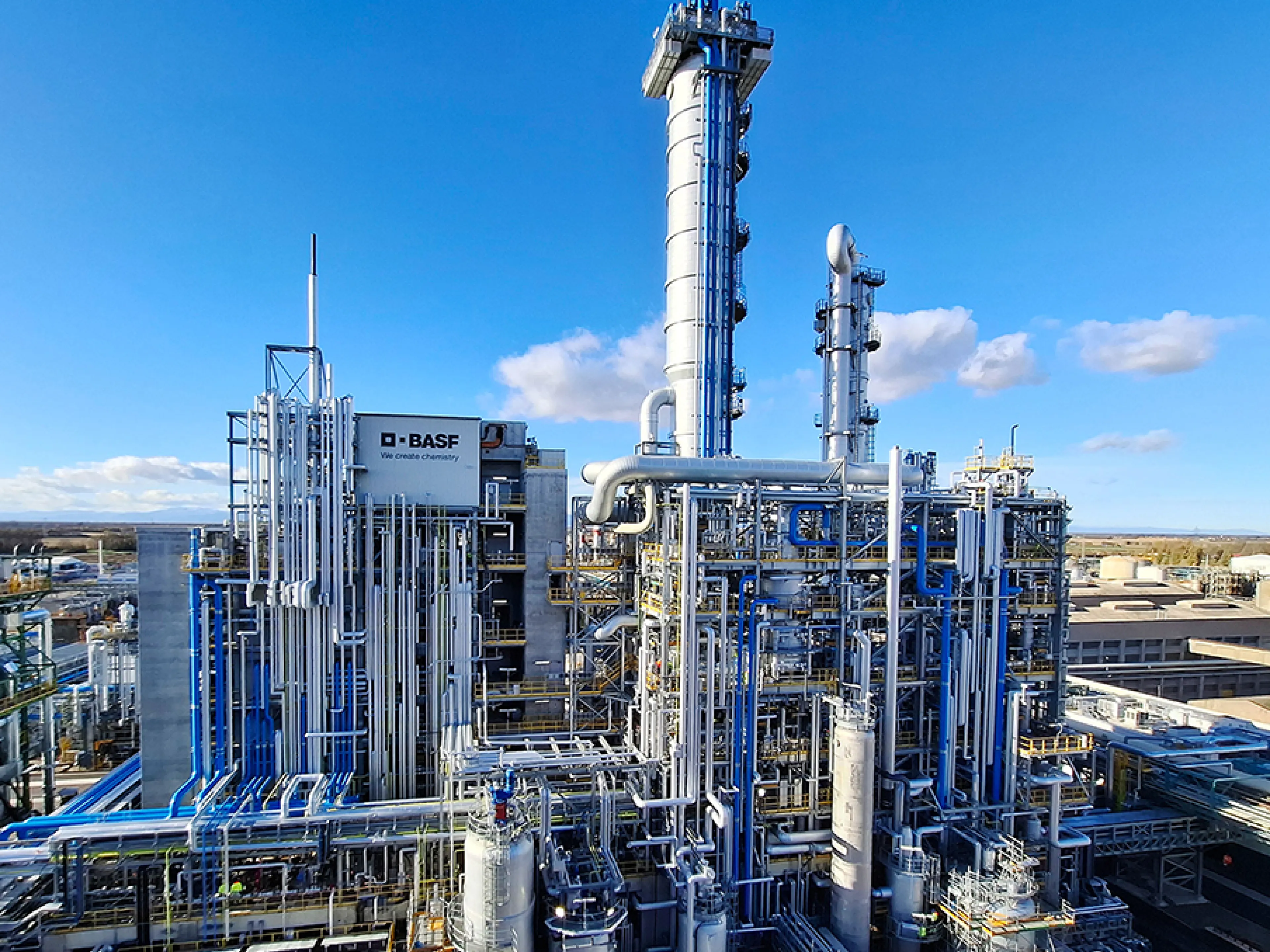
BASF plans to expand the global production capacity of its Basoflux range of paraffin inhibitors at its site in Tarragona, Spain. This investment will enable the chemical company's Oilfield Chemicals business to meet current and future demand for novel paraffin inhibitors for the oil and gas industry. Additional equipment will provide efficiency and flexibility in the production of newly developed solutions, such as more sustainable water-based dispersion paraffin inhibitors and solvent-based products.
The plant expansion will also enable BASF to respond quickly to changes in market demand. First customer deliveries are expected in early 2025. “Through continuous innovation and investments, BASF reinforces its commitment to being a key player in the paraffin inhibitors market,” says Serge Ikink, New Business Development Manager Oilfield Chemicals, BASF. “We are successfully addressing a true market need with our innovative aqueous-based dispersion paraffin inhibitors. From a product standpoint, Basoflux are high-performing products that bring robust reliability in the application, which has led to customer trust even in the most challenging environments.”
BASF develops fit-for-purpose chemistries to support more efficient oil production
The demand for crude oil will continue for many years to come. As "easy oil" is depleted in many places, more "challenging oil" will have to be produced. This will lead to an increased need to produce paraffinic crudes, requiring more effective chemistries to maximise oil flow. The chemical company is working closely with its customers to develop fit-for-purpose chemistries to support and enable more efficient oil production. The new Basoflux dispersions produced at BASF's Tarragona site will enable its customers to be more sustainable by using significantly less solvent than usual at lower temperatures. This will result in cost savings and resource efficiency as less product is used overall.
